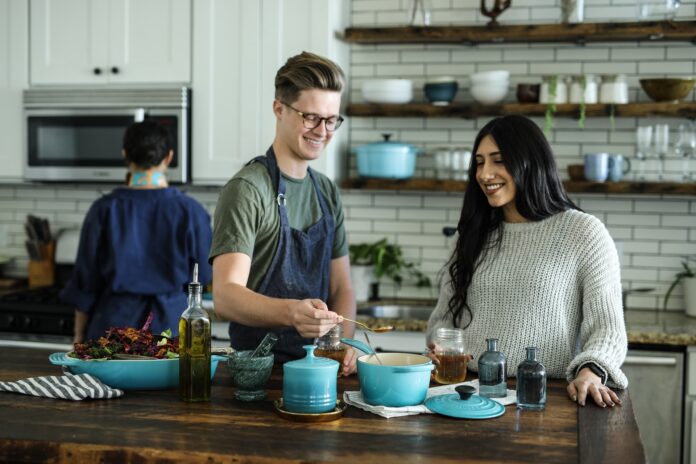The pandemic year had everyone moving online, from school classes to weddings and birthdays; everything was conducted via the internet. It isn’t a great shock then, that some chefs are using online means to teach cooking classes.
Cooking tutorials already account for a large portion of social media videos. Millions of people are using platforms such as YouTube, Facebook, or even TikTok to share their recipes and other cooking relate tips and tricks. By using YouTubeStorm many are able to jumpstart their channels to monetize them and earn a decent living. However, cooking classes are on a completely different level.
Cooking Class Vs Tutorial
To clarify the difference, a class is where there are actively participating students included in the cooking process. That is, the students must also cook alongside the teacher or head chef. In a traditional setting, students would have separate workstations with identical tools and ingredients to follow the recipe as the class moves forward. A cooking tutorial as is widely popular online is simply one person explaining how to prepare a recipe.
Why Are They Gaining Popularity
The first and foremost reason there is a rise in the number of people joining these classes is the pandemic. Many people are faced with the monotony of home life and are finding that for the first time in their lives they need to learn practical skills such as cooking.
Virtual cooking classes encourage students to assess their cooking by themselves. Since the chef is not available to taste or smell the finished product (or at any step of the way), the students are stuck with their own senses. This makes for a better learning experience as students will be able to apply their skills to other recipes easily.
As with all things online, virtual classes are not limited by geographical distances. This means that if you were not able to attend a cooking class that used to be too far away, virtual cooking classes do not pose such a problem.
Problems That Might Arise
The logistics of a virtual cooking class may not immediately come to mind. In traditional cooking classes, students are usually provided with the ingredients as well as the utensils or any other special tools they may need such as a wok, a pasta roller, etc. This poses a challenge for virtual cooking classes, as the chef needs to arrange for the delivery of specific ingredients. Also, the class is limited to what can be generally expected to already be present in the average home cook’s kitchen cabinet. For example, it is unlikely that all students have a juicer, so any recipes that make use of one are difficult to teach.
The students’ safety is also no longer in the chef’s hands. The chef will just have to gamble that the home kitchens are as safe as a professional one. For instance, chefs regularly sharpen their knives, but home cooks might not bother, or might not do it properly. Dull blades are a major cause of injuries in the kitchen, so this is especially important during virtual cooking classes.
Additionally, it is harder for the instructor to assess the students’ work, or even help when needed. Contrary to the belief of Instagrammers everyone, food is not just visuals. The chef would not be able to taste, smell, or even see clearly the dish that is being prepared by their student. This makes the virtual cooking class somewhat difficult.
They may be impractical in some sense, but virtual cooking classes are here to stay. Even after the pandemic is over, there is no doubt that this trend will continue and there will be more and more chefs offering their classes online.


